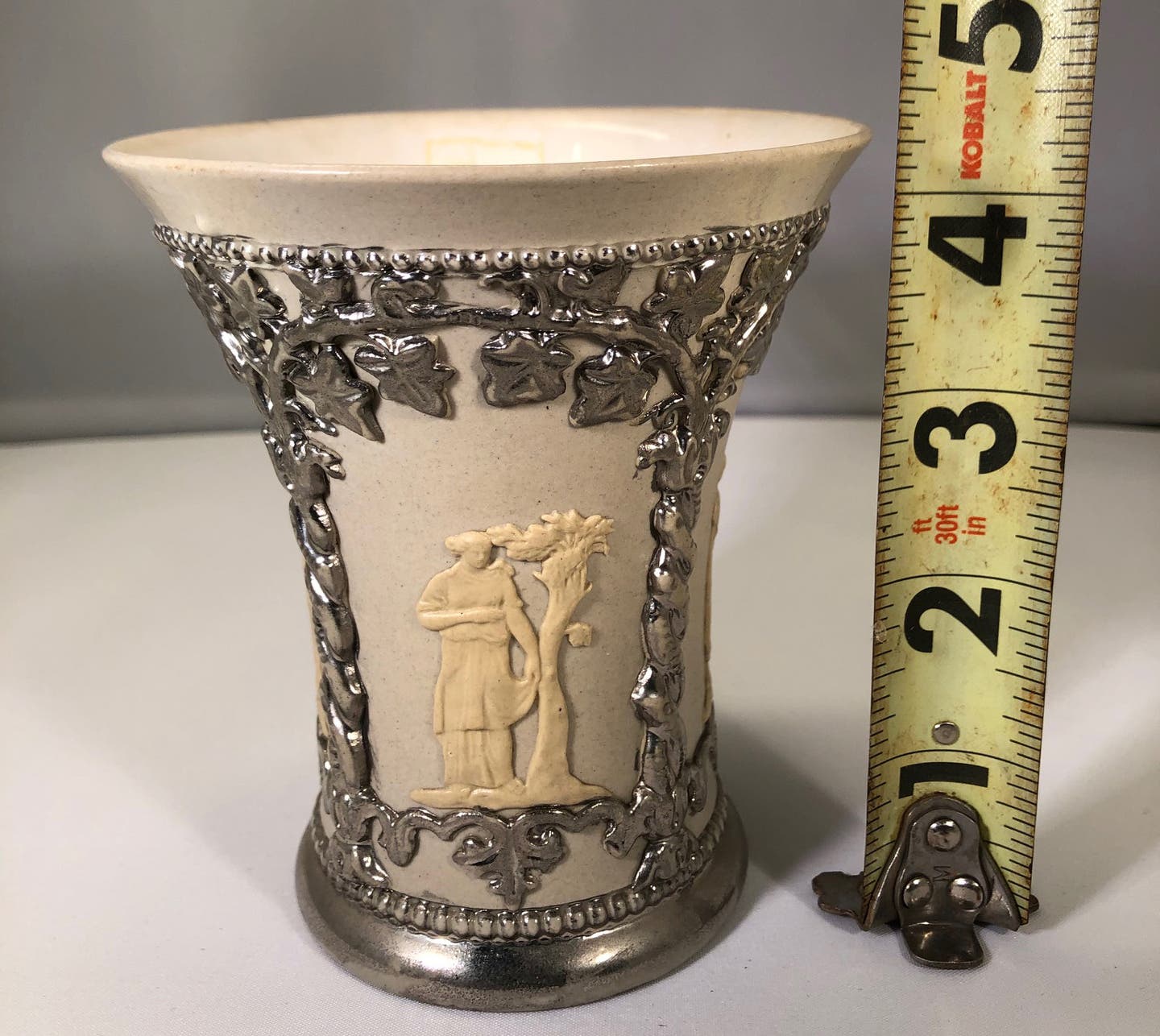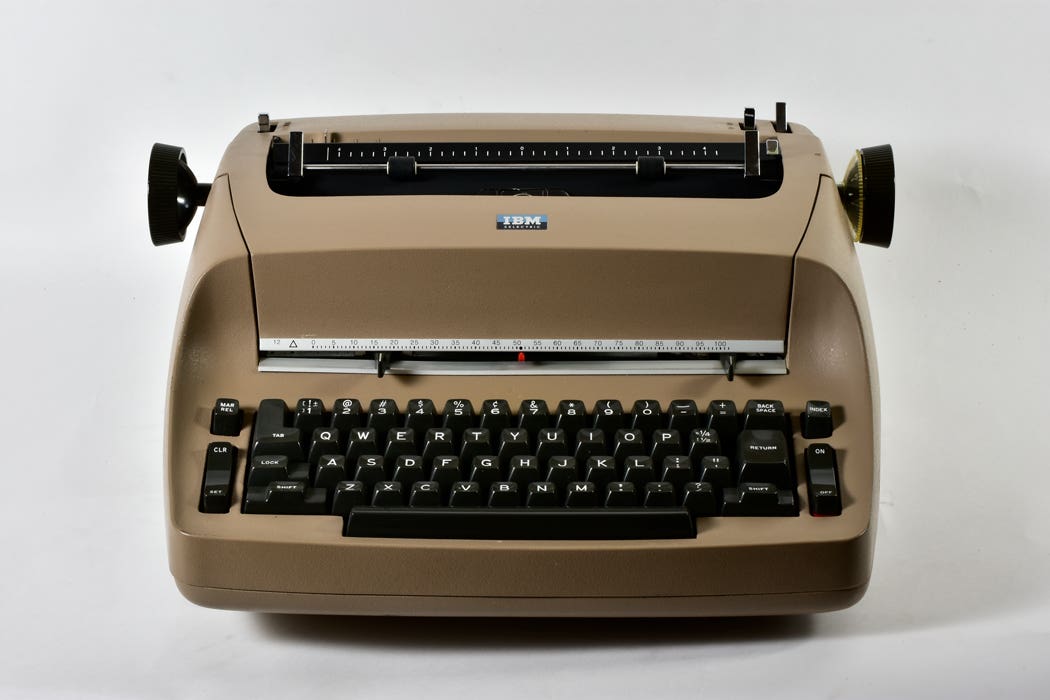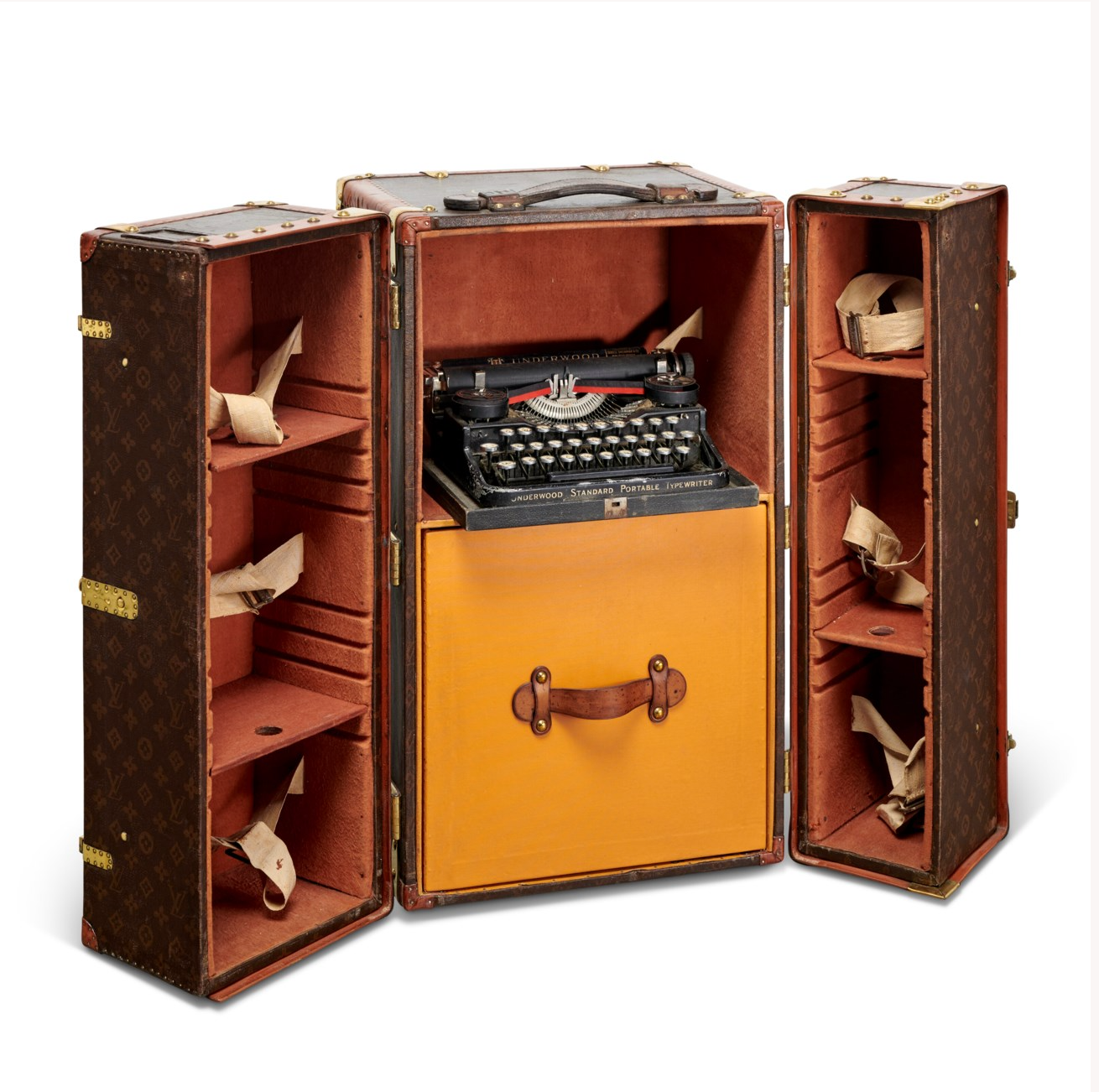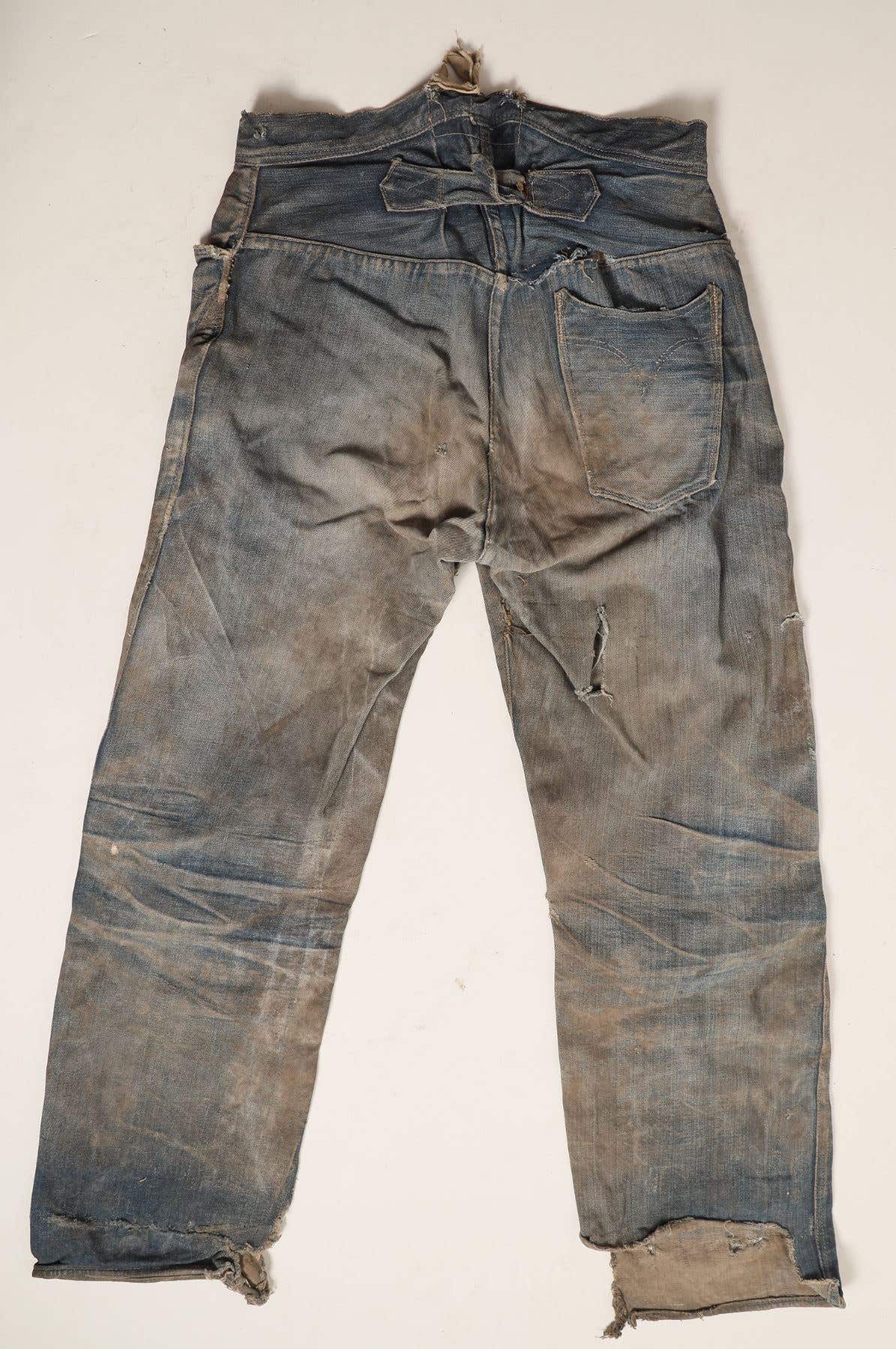Advertising specialties make businesses stand out
Promotion is the name of the game when it comes to getting a business in front of potential customers, and advertising specialities are an viable option.
By Wayne Jordan
In these days of social media marketing, thousand-dollar smartphones, and Google Analytics, it’s easy to forget that one of the most effective forms of business-building advertising is low-tech and affordable: advertising specialties. You know: pens, calendars, drink cozies, refrigerator magnets, and other items imprinted with advertising. These trinkets are often taken for granted but everyone uses them. I confess that virtually every ink-pen I own is imprinted with some sort of advertising.
Chances are good that you have a few such items in your home as well. Advertising specialties have been around since 1886, when Ohio printer Jasper Meeks convinced a shoe manufacturer named Cantwell to print “Buy Cantwell Shoes” on burlap book bags. http://bit.ly/2mNfE6w
Examining Modern Application of Vintage Promotion Practice
You may have wondered how effective these advertising-focused giveaways are; I know I have. Are they of use regularly or an item to toss? Do they help consumers remember the name of my company? Are they worth the investment?
The Advertising Specialties Institute’s 2016 Global Advertising Specialties Impressions Study and the Promotional Products Association International’s 2016 Buyer Behavioral Study have answers to these and other questions about the effectiveness of advertising specialties. The statistics may amaze.
Let me review the study data in an “FAQ” (Frequently Asked Questions) format. For my convenience in source notating, ASI is my shorthand for the Advertising Specialties Institute’s study, and PPAI represents the Promotional Products Association International’s study.
Effectiveness of Advertising Specialties
Do they actually get used, or do they get thrown away?
81% of consumers will keep a promotional item for more than a year; 18% may keep one more than 11 years. (PPAI)
In the U.S. and Canada, two out of three consumers will give a promo item to a friend when they no longer need it. The first consideration for keeping a product is that it is useful, even for outerwear products. Second and third considerations are that an item is attractive and enjoyable to own. (ASI)
Will my advertising message be remembered?
Nine in ten promo users recalled an item’s branding; eight in ten recalled the message; and seven in ten remembered the call to action. (PPAI)
Sparking Memory
Recall is highest with apparel items, where 85% of users worldwide remember the advertiser.
What is the effectiveness of advertising specialties compared to other forms of promotion?
When asked what type of advertising they like best, promotional products were ranked #1.
Newspapers were #2, followed by radio, magazine, television, internet, and mobile. Consumers were nearly two-and-a-half times more likely to have a positive opinion of promotional products compared to internet advertising. (ASI)
In addition, all generational cohorts (Boomers, Gen X-ers, Millennials, and Silent) prefer promo products to other forms of advertising, mirroring the results of the ASI study. (PPAI)
Product Popularity Rundown
What types of promotional products are popular with consumers? (ASI)
– Pens: half of all consumers own at least one promotional writing instrument
• T-shirts: 58% own a promotional T-shirt
– Bags: 57% of women own a promo shopping bag, compared to 42% of men.
• Calendars: 29% own promo calendars.
– Desk Accessories: 41% of consumers use promo desk accessories, and they keep them for an average of 14 months.
• Headwear: 52% of rural men wear a promo hat of some sort. Overall, 41% of consumers own a promo cap.
– Drinkware: 53% own promotional drinkware: cozies, water bottles, or glassware.
• USB Drives: 60% of consumers 18-24 own promotional USB drives. Overall, 45% of consumers own one. USB drives are most popular with suburbanites.
– Health & Safety (personal grooming items, mostly): 82% of U.S. consumers remember the advertiser’s name on a grooming item.
• Outerwear: The most popular promo item in 12 U.S. states, outerwear is owned by 50% of consumers.
– Umbrellas: 25% of consumers own promotional umbrellas, but 83% say that such an item would be a “keeper.”
• Mobile Power Banks (chargers): 26% own a mobile power bank, but the owners of these items show strong loyalty to the advertiser.
Factors Influencing Product Choice
What are the most effective types of promotional products?
The answer to this depends on where your customer lives and how old they are. First, second and third choices are as follows: (ASI)
• In urban areas: 1. writing instruments; 2. USB drives; 3. outerwear
– In the suburbs: 1. USB drives 2. outerwear 3. drinkware
• In rural areas: 1. performance wear 2. drinkware 3. power banks (mobile chargers)
18-44 year-olds prefer outerwear; 45-54 year-olds prefer USB drives; 55-64 year-olds prefer drinkware; 65+ prefer USB drives
Are advertising specialties cost-effective? (ASI)
Yes, for several reasons. U.S. consumers own an average of 9.8 promotional products per household, so market penetration is good. In considering cost-per-impression, promo items are the least expensive option. Furthermore, Newspapers are the most expensive, at 3.2 cents-per-impression.
Measuring Cost Versus Gain
Advertising specialties bring up the rear, at only 0.7 cents per impression. The most effective promotional item is a canvas shopping bag, garnering more than 5,700 impressions over its useful life. Caps average over 3,136 impressions over their lifetime. Calendars are also good, because they are displayed prominently and referenced all year. Also, customers will often return the following year for a calendar. Calendars are especially good for antique dealers, because a dealer can take a dozen high-resolution photos of unique inventory items and have them printed as a calendar.
Expensive promo items like bags, t-shirts, and hats don’t have to be given away for free; in fact, selling them can become a profit center. If you have a compelling, antiques-oriented logo or motto, antique enthusiasts will pay for these items. Furthermore, you get the double benefit of making a few dollars while having consumers advertise your business.
If you are considering taking the plunge into advertising specialties, I recommend that you spend some time studying the ASI report so you can identify the best product for your customer base. In addition, the statistics quoted above will vary according to geography, age, gender, race, and political affiliation.
In addition, you won’t have any trouble finding suppliers for your item; the promotional products industry consists of over 37,000 businesses.
For now, that’s all I have to say on the subject. Now, where did I put my Grayson National Bank pen?
If you like what you've read here from Wayne Jordan, we invite you to check out his book "Business of Antiques."
The book is a compilation of previous Behind the Gavel columns written by Wayne.
Longtime columnist, writer, and author, Wayne Jordan is an antiques and collectibles expert, retired antique furniture and piano restorer, musician, shop owner, auctioneer, and appraiser. His passions are traveling and storytelling. He blogs at antiquestourism.com and brandbackstory.com.








